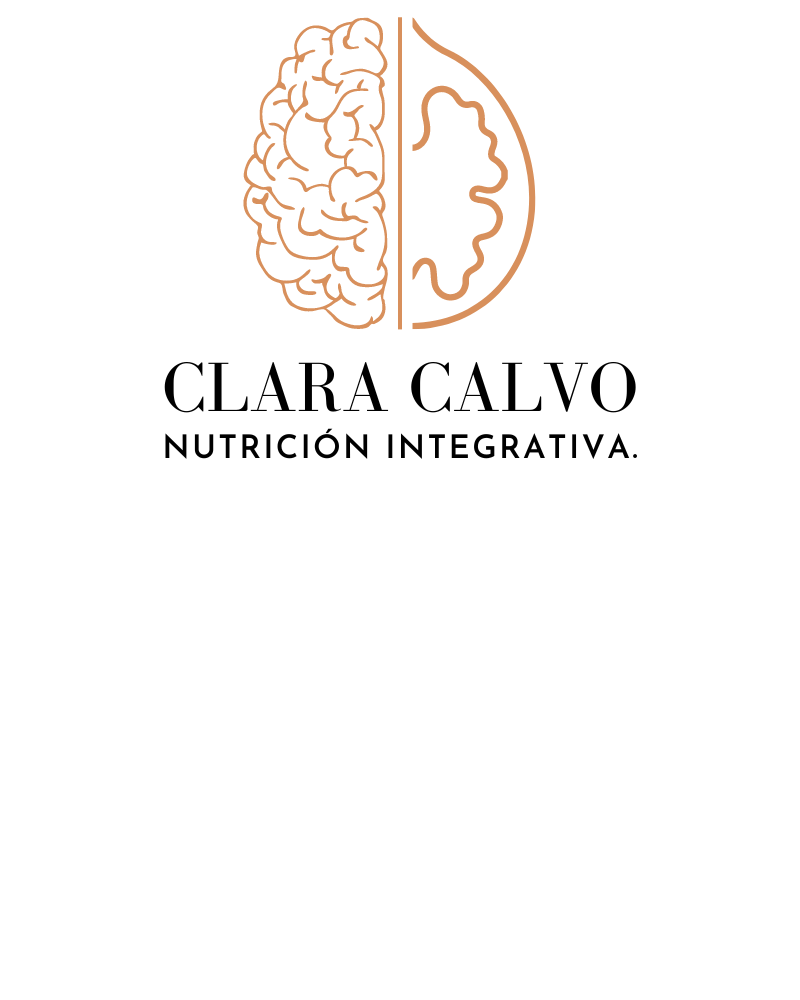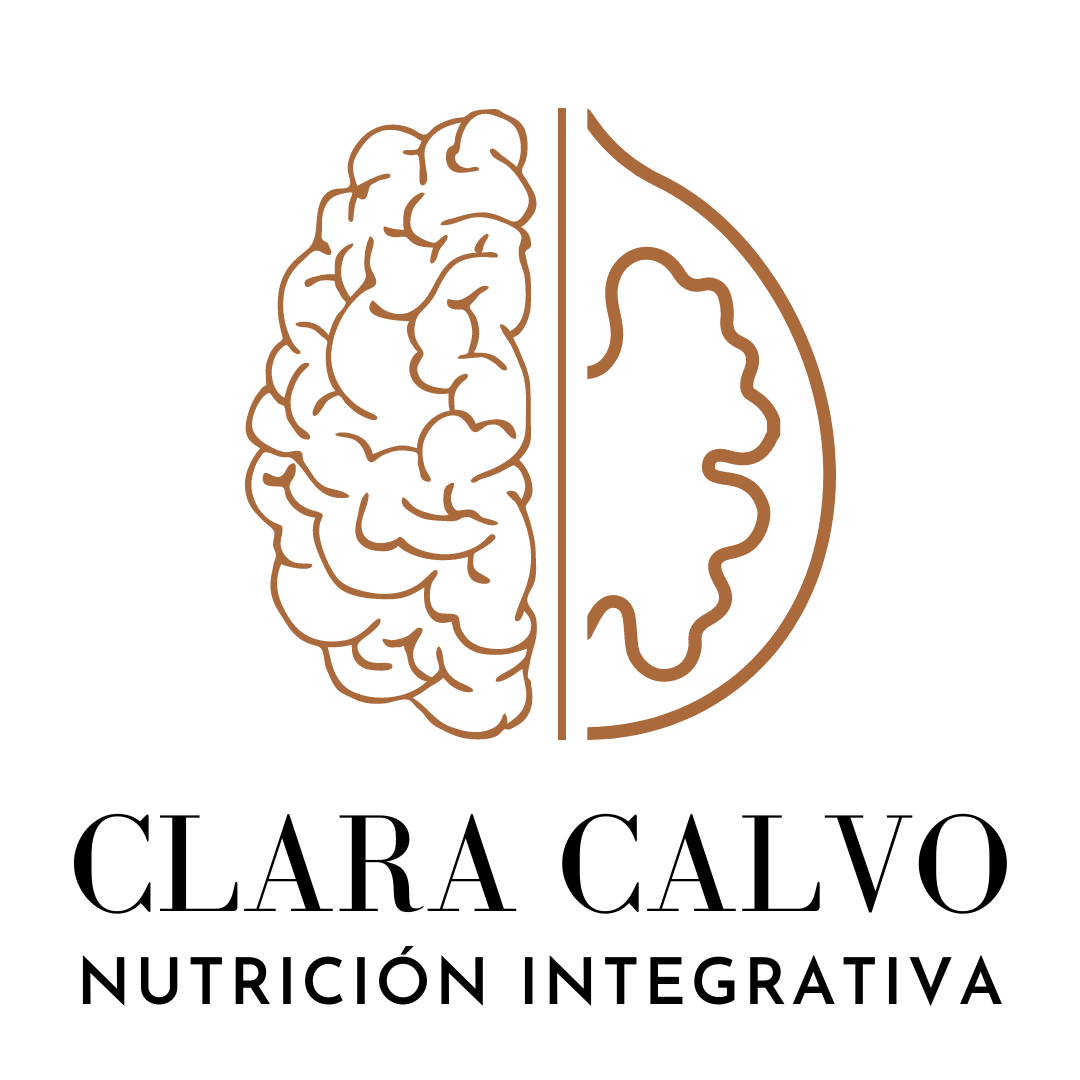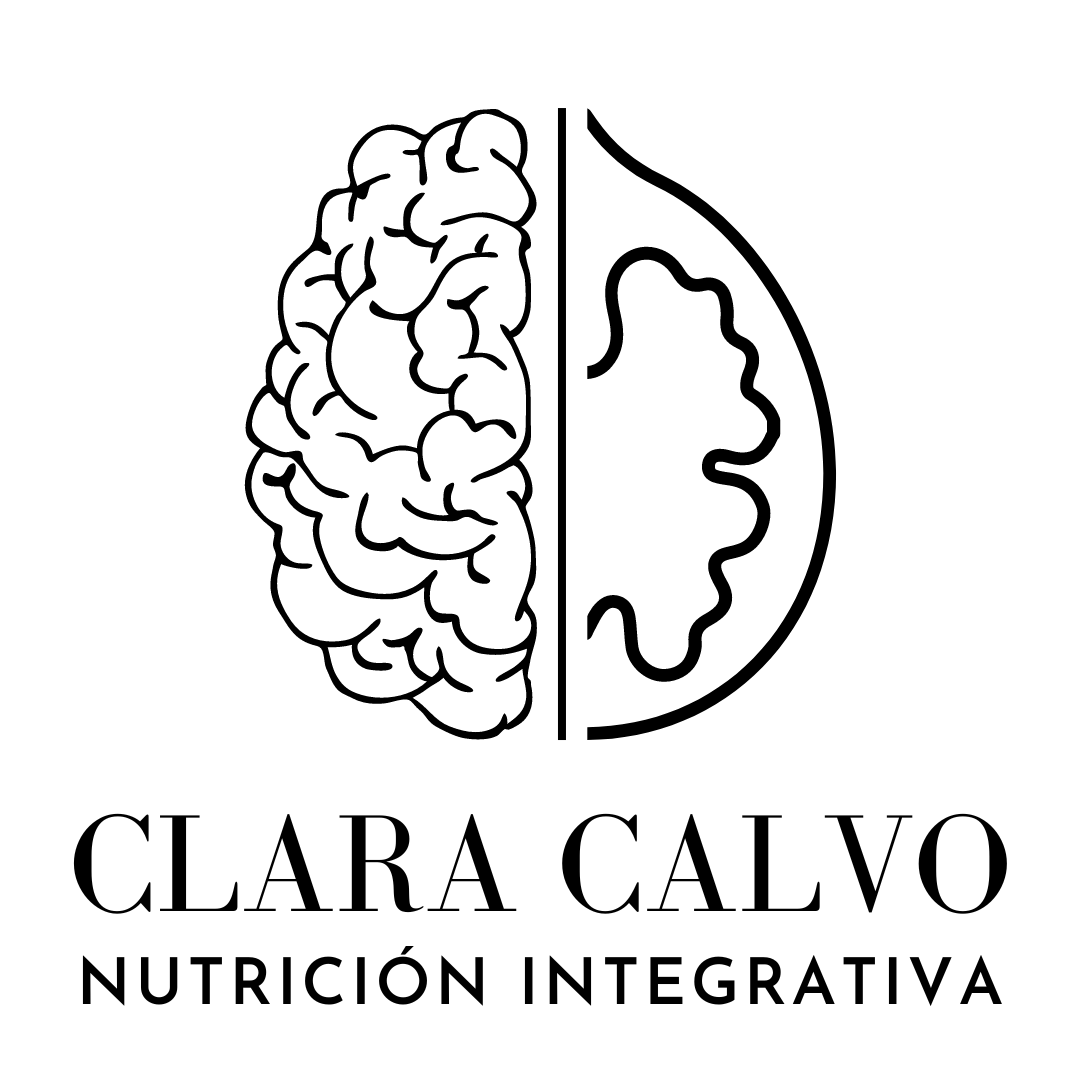
Climbing in full sun in summer is not the same as opening a route at altitude in winter. Your body knows this, and your diet should know it too.”
The environment in which you train, climb, or exercise isn’t just a setting: it’s an active factor that modifies your physiology. Temperature, altitude, and humidity influence how much energy you need, how you hydrate, and which foods suit you best.
And if you’re an athlete and conscious of your well-being, understanding these factors allows you to make decisions that are more aligned with your health and performance.
Temperature: Should I eat the same in summer as in winter?
Climbing in the Heat
Heat increases sweating (and with it the loss of minerals like sodium, potassium, or magnesium) and reduces appetite, which can lead to insufficient intake. If you don’t meet your energy needs, you may notice:
- Decreased muscle strength
- Early fatigue
- Loss of coordination and concentration
- Risk of cramps or heat stroke
Practical tips:
- Increase your water and electrolyte intake (you can use specific salts or homemade drinks with lemon, salt, and sugar).
- Choose fresh, sweet, and water-rich foods: fruit, smoothies, rice pudding, etc.
- Avoid very fatty or heavy foods before training.
- Bring easy-to-digest snacks with good water content (fruit, dried apricots, natural gels, etc.).
Climbing in the cold
The cold increases basal energy expenditure to maintain body temperature, but at the same time reduces the perception of thirst. This can lead to silent dehydration.
The body also prefers denser, more comforting foods and requires a good source of energy to sustain performance.
Practical tips:
- Increase caloric density (more healthy fats and complex carbohydrates, not necessarily more volume).
- Don’t neglect hydration, even if you’re not thirsty.
- Opt for warm and convenient foods: soups, homemade bars, infusions with honey or ginger.
- Ensure a good supply of protein (hummus, tofu, protein powder, creamed legumes) and healthy fats (nuts, seeds, avocado, etc.).
Climbing at Altitude: Beyond Oxygen
From 1,500-2,000 meters, the body begins to experience changes:
- Appetite is reduced
- Fluid loss through breathing increases
- Energy demand increases
- Digestion may be more Slow
- All of this creates a double challenge: you need more energy, but you have less desire to eat.
Practical tips:
- Break your meals into small, frequent portions.
- Prioritize high-energy, easy-to-digest foods: dried fruit, jam or honey sandwiches, corn tortillas, rice pudding, bars, nut butters…
- Stay hydrated, even with infusions or broth if it’s cold.
- Add some more palatable foods that you know you can eat even when you’re not hungry. As a general rule, sweet foods are the most popular: cookies, chocolates, snacks…
Humidity: An Invisible Enemy
Ambient humidity increases the sensation of exertion and hinders the evaporation of sweat, which can lead to:
- Accelerated dehydration
- Feeling of fatigue
- Decreased heat tolerance
Keys:
- Electrolyte drinks, even during short workouts
- Light, technical clothing
- Avoid foods that are very salty or that retain excess fluid (such as ultra-processed foods)
Listen to your body, adapt to your environment
There’s no standard guideline that works for everyone. But there are universal principles that you can adapt to your context:
- Your hunger, thirst, and energy change with the weather.
- Don’t ignore signs like fatigue, lack of appetite, or excessive sweating.







